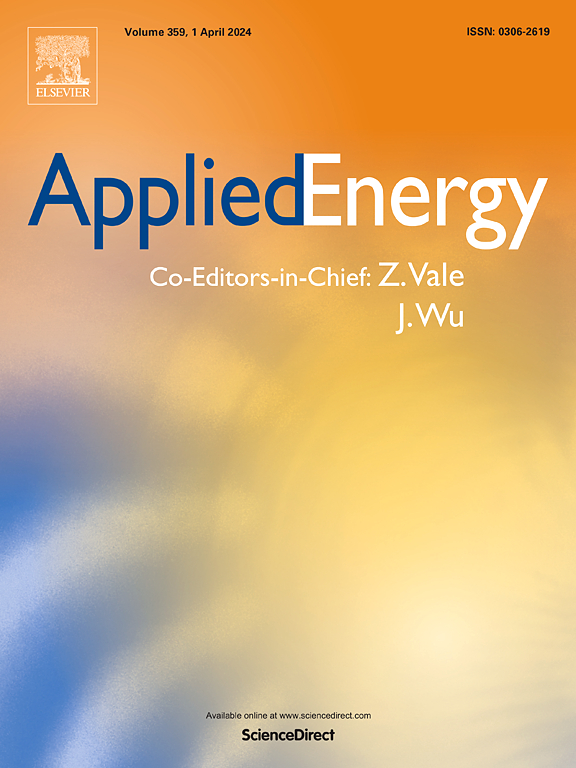三维纳米微球的燃烧结构:催化和储能的进展与展望
IF 11
1区 工程技术
Q1 ENERGY & FUELS
引用次数: 0
摘要
本文综述了由各种无机材料(包括金属、合金、非金属、二元和复合金属氧化物)组成的三维纳米微球(N&MSs)的燃烧驱动结构。介绍了N&;MSs的主要合成技术,重点介绍了三种基于燃烧的方法:自传播高温合成(SHS)、溶液燃烧合成(SCS)和火焰合成(FS)。第2节探讨了控制微球形成的基本机制以及影响这一过程的热力学和动力学模型。第3节详细介绍了通过SHS、SCS和FS制造致密中空N&;MSs的基于燃烧的方法,批判性地分析了反应时间、火焰温度、反应介质以及反应物和溶剂的选择如何影响颗粒形态和大小。第4节重点介绍了N&;MSs在能量存储、催化、传感和药物传递方面的应用。最后,第5节讨论了燃烧合成纳米和微球生产的优点和局限性,并对这一快速发展领域的未来研究方向提出了展望。本文章由计算机程序翻译,如有差异,请以英文原文为准。
Combustion structuring of 3D nano- and microspheres: Advances and prospects for catalysis and energy storage
This review explores the combustion-driven structuring of three-dimensional nano- and microspheres (N&MSs) composed of various inorganic materials, including metals, alloys, non-metals, and binary and complex metal oxides. The introduction provides an overview of key synthesis techniques for N&MSs, with a focus on three combustion-based methods: self-propagating high-temperature synthesis (SHS), solution combustion synthesis (SCS), and flame synthesis (FS). Section 2 examines the fundamental mechanisms governing microsphere formation and the thermodynamic and kinetic models influencing this process. Section 3 details combustion-based approaches for fabricating dense and hollow N&MSs via SHS, SCS, and FS, critically analyzing how reaction time, flame temperature, reaction medium, and the choice of reactants and solvents impact particle morphology and size. Section 4 highlights the applications of N&MSs in energy storage, catalysis, sensing, and drug delivery. Finally, Section 5 discusses the advantages and limitations of combustion synthesis for nano- and microsphere production, offering perspectives on future research directions in this rapidly evolving field.
求助全文
通过发布文献求助,成功后即可免费获取论文全文。
去求助
来源期刊

Applied Energy
工程技术-工程:化工
CiteScore
21.20
自引率
10.70%
发文量
1830
审稿时长
41 days
期刊介绍:
Applied Energy serves as a platform for sharing innovations, research, development, and demonstrations in energy conversion, conservation, and sustainable energy systems. The journal covers topics such as optimal energy resource use, environmental pollutant mitigation, and energy process analysis. It welcomes original papers, review articles, technical notes, and letters to the editor. Authors are encouraged to submit manuscripts that bridge the gap between research, development, and implementation. The journal addresses a wide spectrum of topics, including fossil and renewable energy technologies, energy economics, and environmental impacts. Applied Energy also explores modeling and forecasting, conservation strategies, and the social and economic implications of energy policies, including climate change mitigation. It is complemented by the open-access journal Advances in Applied Energy.
 求助内容:
求助内容: 应助结果提醒方式:
应助结果提醒方式:


